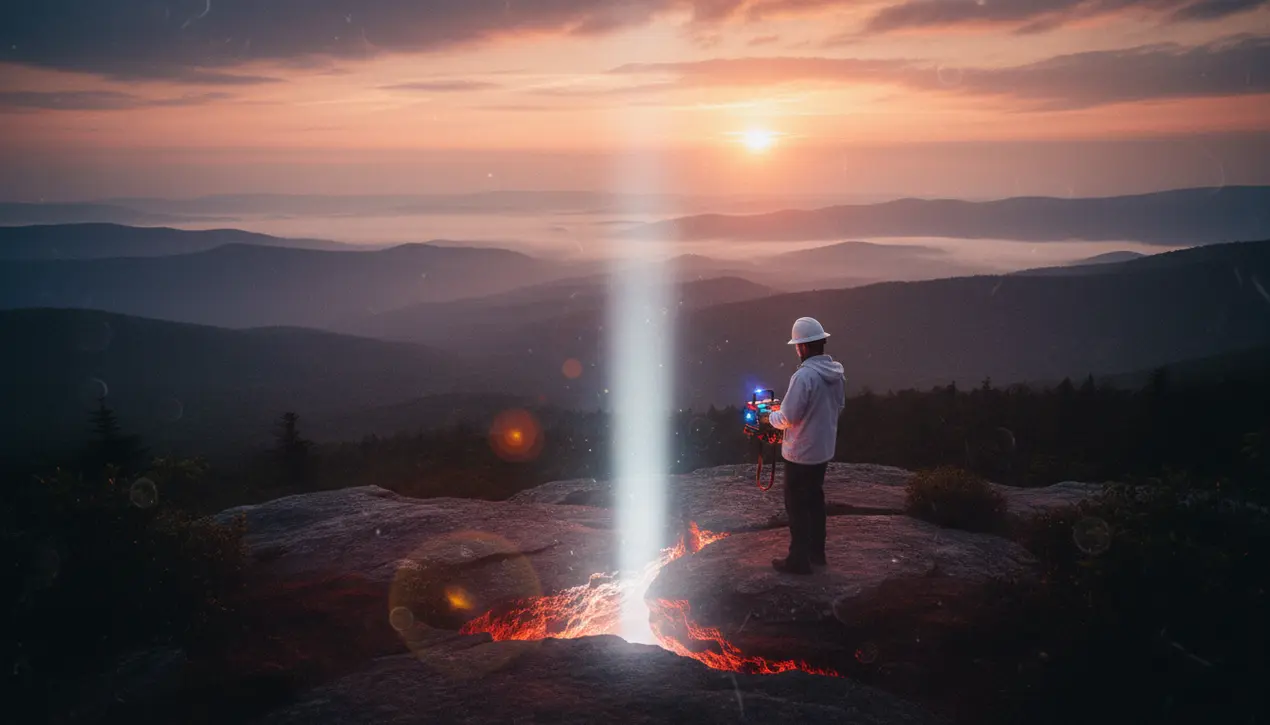
Scienceearth scienceGeology
Giant hidden heat blob slowly travels beneath the U. S.
TH
Thomas Green
4 hours ago7 min read3 comments
Deep beneath the familiar, rolling hills of the Appalachian Mountains, a planetary-scale drama is unfolding in slow motion. Scientists have identified a colossal pocket of hot rock, a wandering relic from a cataclysm that occurred 80 million years ago when Greenland began its tectonic divorce from North America.This isn't a static feature; researchers posit it as a slow-moving 'mantle wave' that has traversed an astonishing 1,800 kilometers to reach its current position, a subterranean traveler on a multimillion-year journey. The implications are profound, reshaping our understanding of continental dynamics long after surface-level tectonic activity has gone quiet.This immense thermal anomaly, detected through sophisticated seismic tomography—essentially a planetary CT scan—acts like a hidden hand, gradually sculpting the continent from below. Its most visible impact is its role in propping up the ancient Appalachian range.Conventional geology teaches that mountains like the Appalachians, born from colossal continental collisions hundreds of millions of years ago, should have eroded into gentle plains by now. The persistence of their formidable topography has long been a puzzle, and this deep-seated heat blob appears to be a key piece of the solution.By providing buoyant support from the Earth's mantle, it effectively acts as a continental crutch, countering the relentless forces of gravity and erosion. This discovery forces a paradigm shift in geophysics.We can no longer view continents as merely passive passengers on tectonic plates; they are dynamic systems with deep, internal engines. The journey of this mantle wave is a testament to the incredible memory of our planet, where events set in motion during the age of dinosaurs are still actively influencing the landscape today.Experts compare it to the lingering heat from a long-extinguished forge, still capable of warping the material above it. As this thermal mass continues its imperceptible drift, it may be subtly altering stress fields in the crust, with potential, albeit slow-acting, consequences for geological stability far into the future. It’s a humbling reminder that the ground beneath our feet, which seems so permanent, is part of a living, breathing, and endlessly fascinating planetary system whose most powerful forces operate entirely out of sight.
#featured
#mantle plume
#Appalachians
#geology
#continental drift
#earth science
#research
Stay Informed. Act Smarter.
Get weekly highlights, major headlines, and expert insights — then put your knowledge to work in our live prediction markets.
Comments
Loading comments...
© 2025 Outpoll Service LTD. All rights reserved.